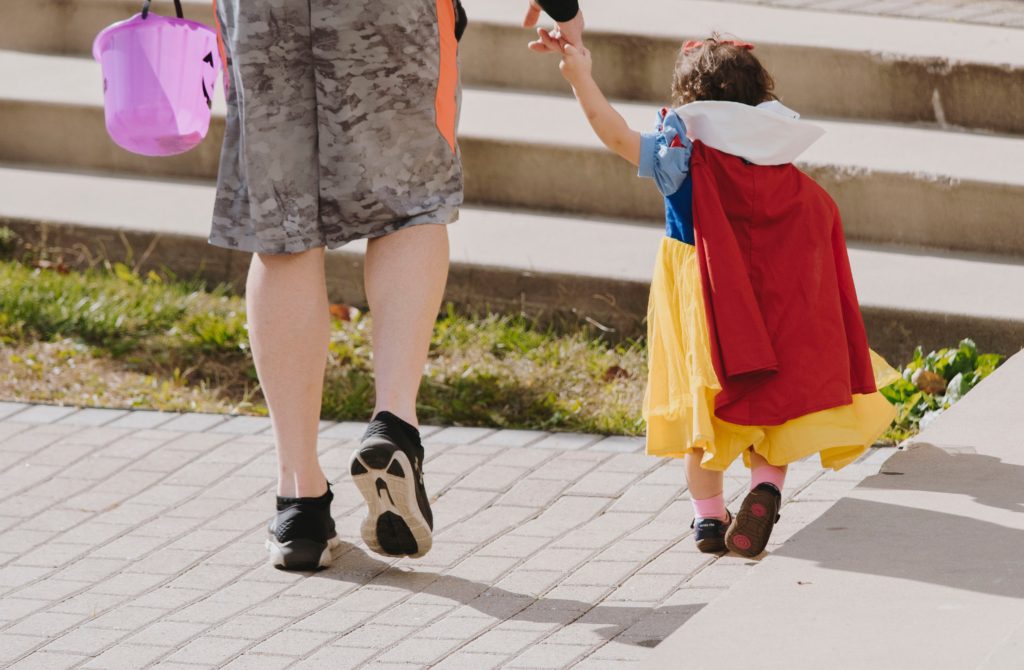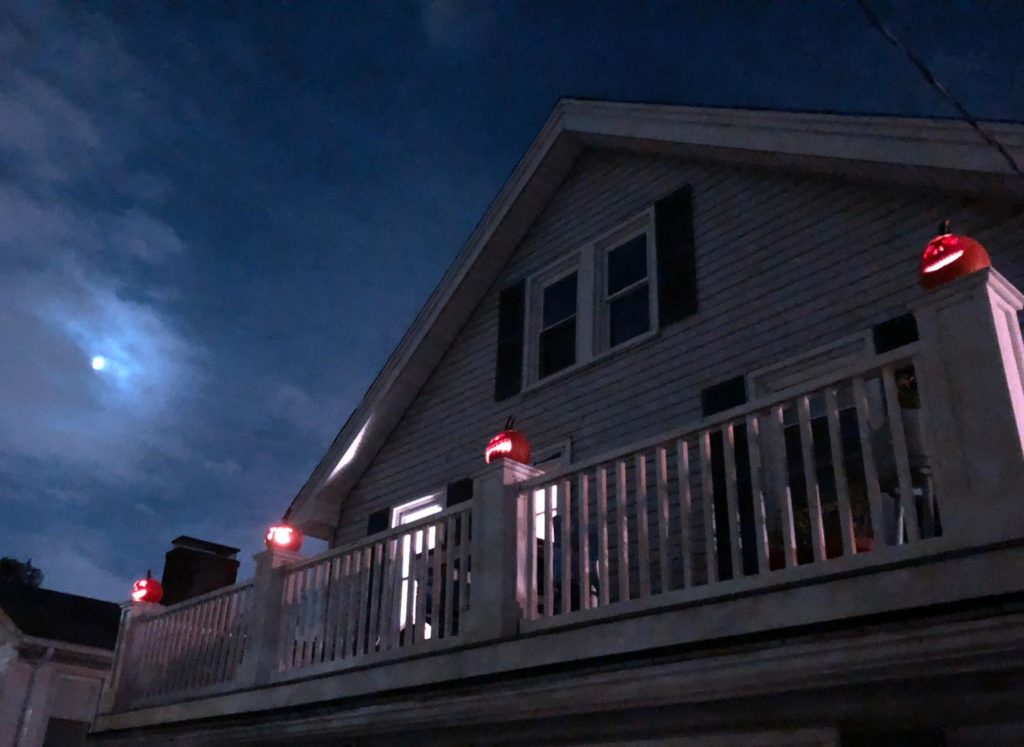
I have a confession to make. Halloween is my favourite festival. It is slightly anarchic; involves dressing up and offers unlimited sweeties. What’s not to like? In addition, you can have all this fun without stressing over gifts or cards or special meals. In other words, it’s perfect!
When I was a little girl, I remember donning a costume to go to the Caledonian Society’s Halloween party. There was bobbing for apples and other games and I’m sure they snuck in a little Scottish country dancing. Which is fair enough, because Halloween is really a Celtic tradition.
Origins
Though there are festivals to celebrate the dead throughout the world and across all cultures, ours is based on the Celtic festival of Samhain, which marked summer’s end and the beginning of the New Year. Like Beltane, it’s summer twin, this period is seen as a liminal one, where the barriers between our world and that of the spirits is thinnest and for this brief window, the dead might travel back home.
For those who had enemies who had died, this might lead to an unpleasant interaction, so it was best to disguise oneself by donning a costume. For the majority though, such visitations were not seen as some terrible, fearful haunting, but an opportunity to welcome back loved ones. Places were set at table and food laid out; candles lit to guide them home. Children and the poor would venture abroad to receive soul cakes. These treats were given in exchange for prayers for the departed. This practice continues in some churches, though for most of us it has transformed into the American tradition of trick-or -treating.

Facing our fears
Halloween is a bizarre mixture of what scares us and the joyous recklessness of a party. We watch terrifying horror movies and decorate our homes with creatures that in real life appal. We dress in costumes pretending to be skeletons or phantoms or witches. We scare each other witless with terrifying, ghostly tales. (Though, interestingly, ghost stories were most popular at Christmas during Victorian times. I always thought the Victorians a bit strange.)
This simulation of danger and facing death is, for me, the most important aspect of Halloween. I’ve spent days puzzling over the question. What is Halloween for exactly? And the only satisfactory answer I could come up with is what the Stoics were talking about millennia ago. Epictetus said:
I cannot escape death, but at least I can escape the fear of it.
Epictetus
For our ancient ancestors, the advent of winter must have been a terrifying time: cold, short, dark days with little food except what you have stored from harvest. Seeing the coming spring would have been more hope than certainty, which is perhaps why Halloween is also a time when people try to predict the future. It would be nice to know.
Yet, for all this, they made it a time of celebration. Communities came together and stood by bonfires in a sort of defiant act against the encroaching darkness. Our own fears have a very different feel – yet we are united in our mortality. So I suggest that like our ancestors, we embrace our fears, mock them even and live our lives with joy. It is the only way to navigate the dark.
Happy Halloween!

